A dramatic new lakeside cabin in the Canadian wilderness rises above the trees
Kariouk Architects' lakeside cabin ‘m.o.r.e. CLT’ explores new material approaches while making a minimal impact on a precious landscape
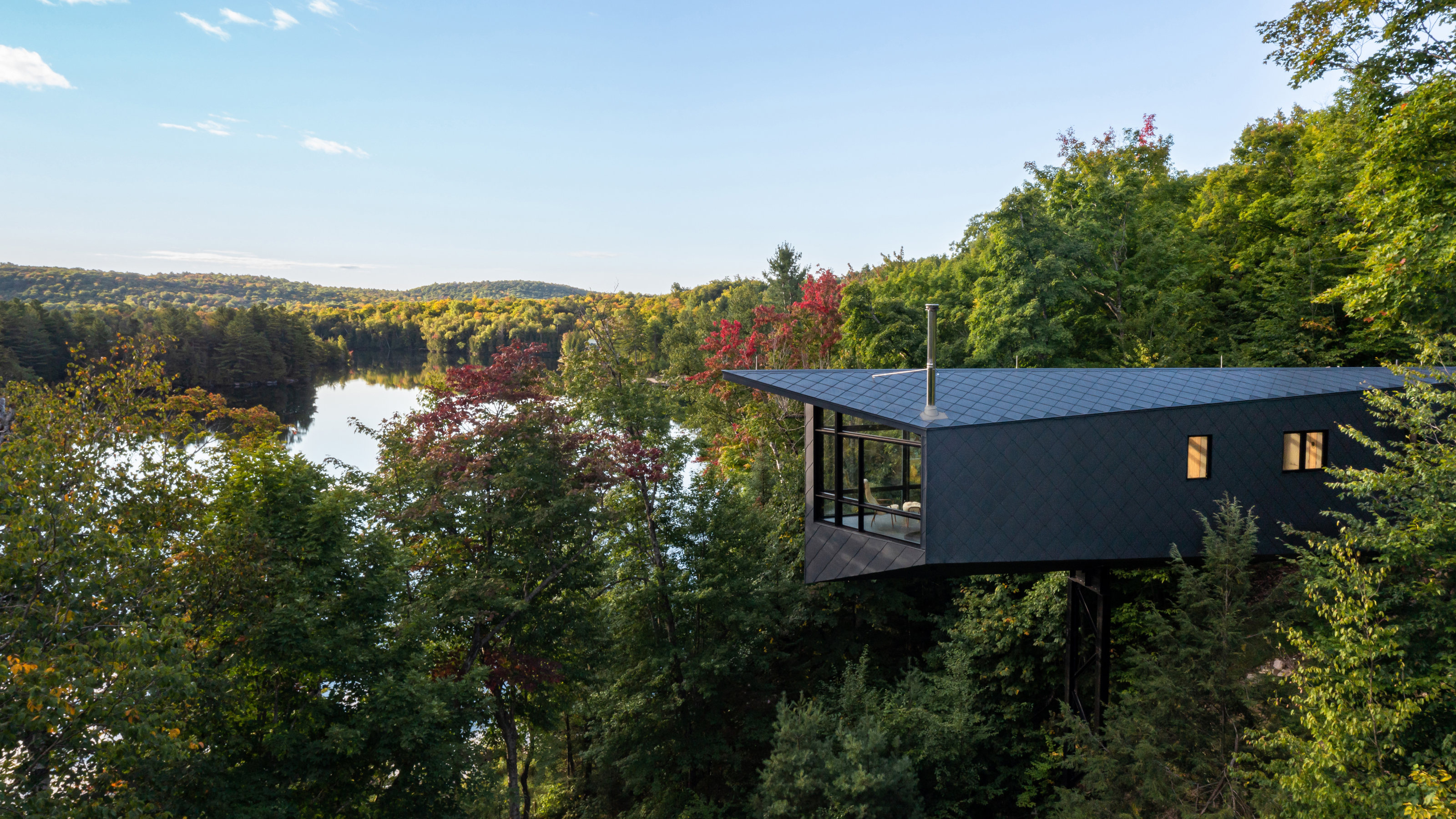
Canadian practice Kariouk Architects' new lakeside cabin is part of a distinct niche the studio has carved, specialising in dramatic domestic architecture in a sylvan setting. We recently toured the Ottawa-based studio’s Forest Retreat. Its new off-grid project is far more modest in scale but massively ambitious in terms of its structure.

The cabin is raised above the lakeside plot on a steel mast
A dramatic lakeside cabin in Canada
The m.o.r.e. CLT Cabin is undeniably a cabin, but it bears very little resemblance to the traditional image of a cosy, compact structure nestling in the woods. As the architects note, ‘These [kinds of] buildings help to sustain the myth that by appearing to be at one with the land, their owners are making less of an impact on the environment.’
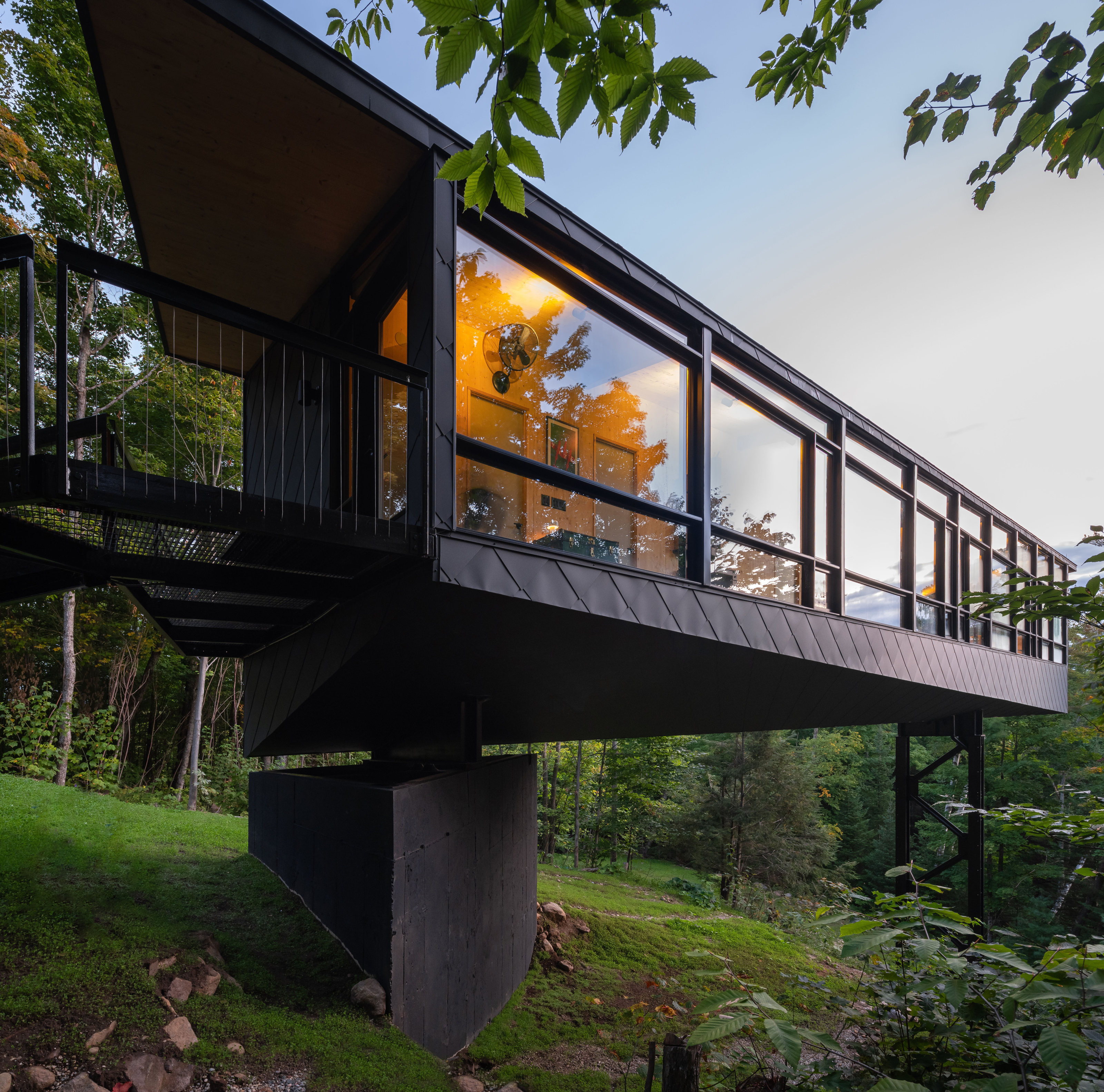
The cabin is anchored to the hillside at the top of the slope
Instead, Kariouk has taken a dramatic structural approach to minimising the cabin’s footprint, using a huge steel mast to support a cantilevered form that tapers to a point as it reaches out across a sloping lakeside plot. The structure is made from cross laminated timber (the CLT in the cabin’s name), which minimises construction waste, while the entire house is off-grid and designed to be highly energy efficient. On top of all that – or should we say, beneath it – is a new habitat for endangered local bats.
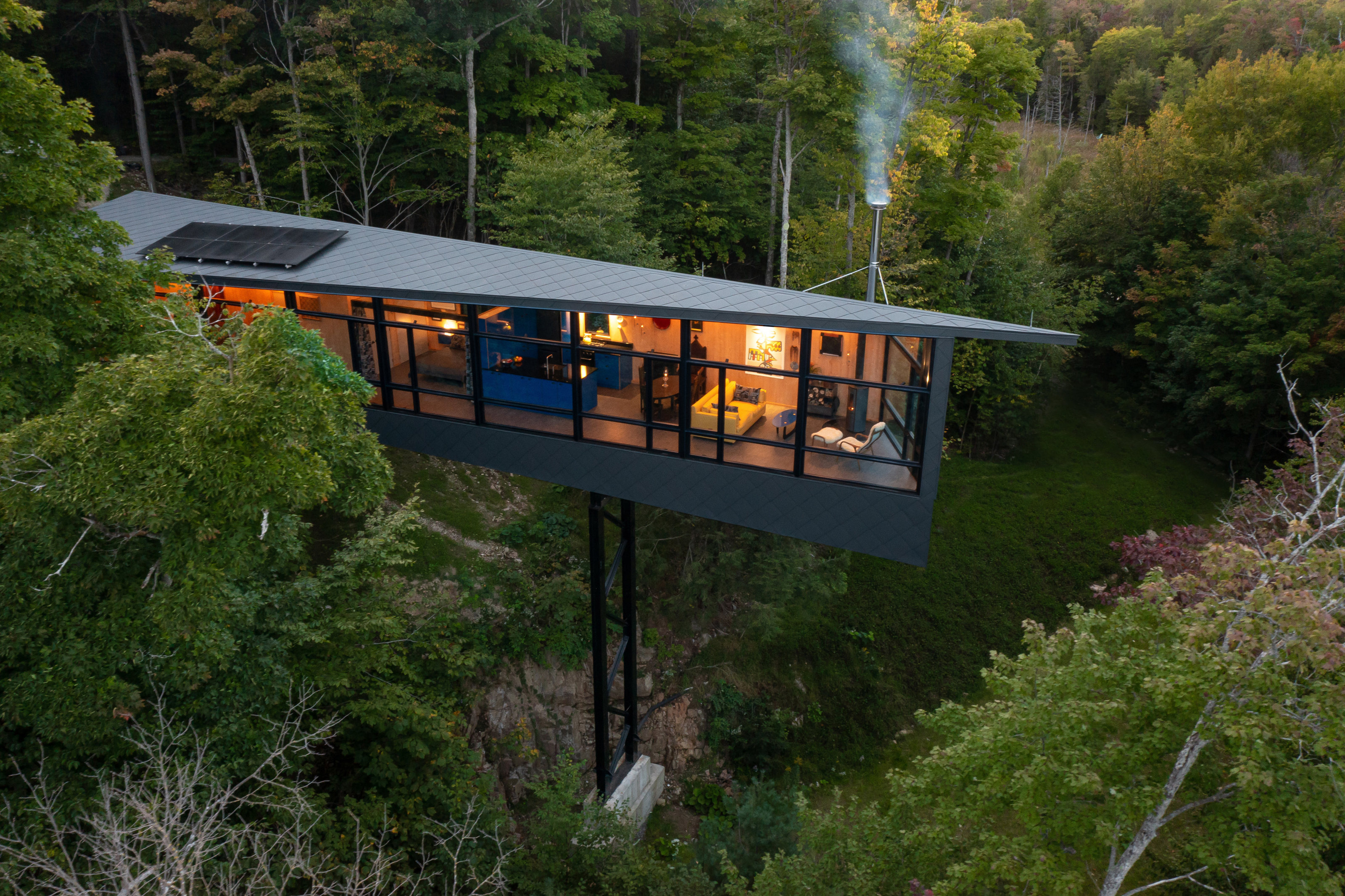
The cabin reaches out above the treetops
The slender cabin is reached by an entry ramp, with a long, south-facing glazed corridor that points you towards the living, dining and kitchen area at the pointy end of the building. Along the way you pass a utility room, a guest bedroom, a bathroom and a principal bedroom, before the space opens out into the open-plan living space.
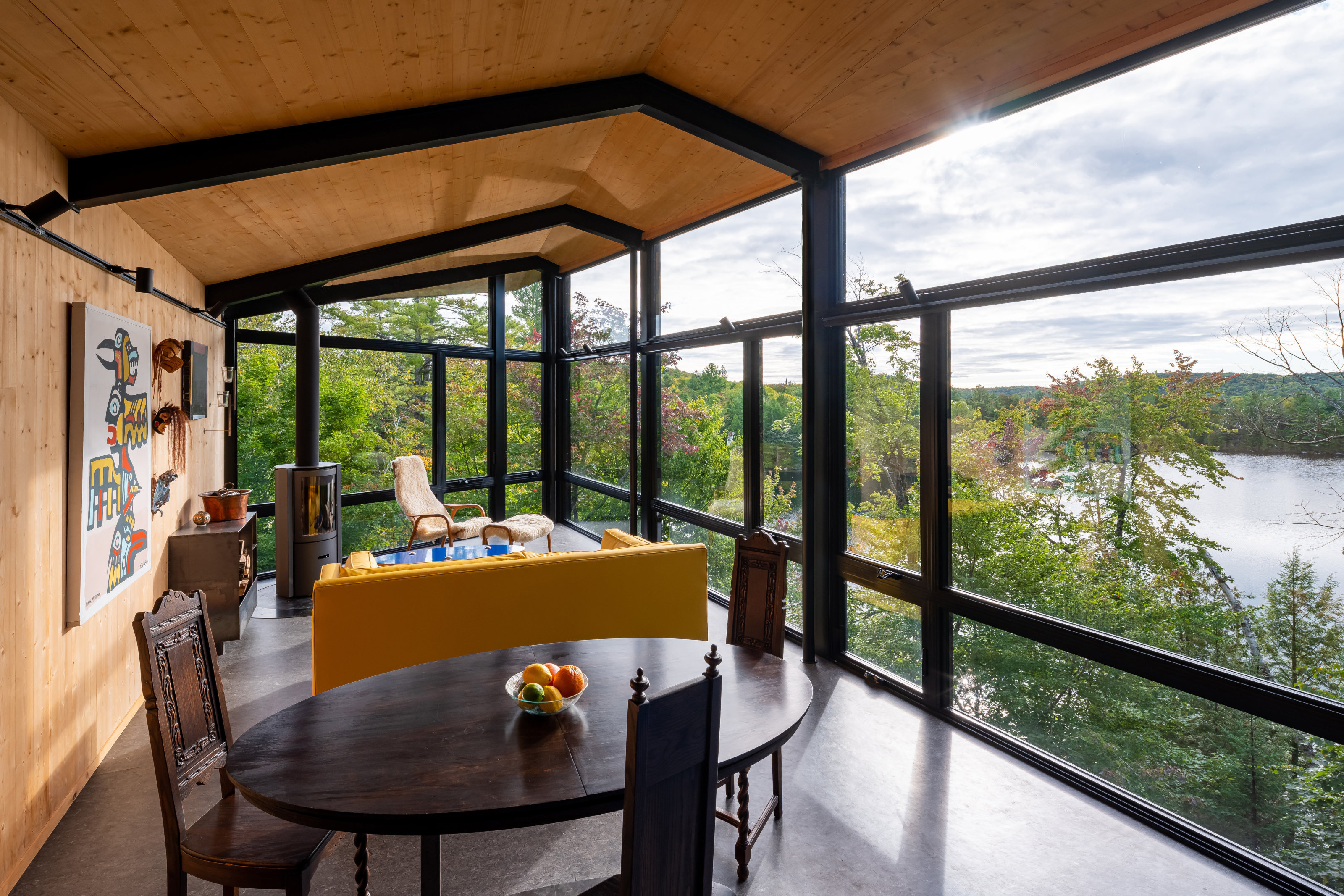
The main living area has an unrivalled lake view
The architects note that there’s pretty much nothing in this plan and programme that’s surplus to requirements. Rooms are modestly scaled, the form and environmental impact have been carefully considered to pass local building codes, and despite the technical prowess of the structure and systems, the cabin is very much subsumed by the surrounding forest.

A wood-burning stove provides added heat in winter
An unconventional home, with an unconventional name (‘m.o.r.e. is derived from the first initial of the clients’ grandmothers … all immigrants with very difficult but joyous lives, [who] were instrumental in nurturing skillsets whereby more was always done with less, and graciously so’), the cabin was partly shaped by the requirement to set any structures back 30m from the lake shore. The raised structure avoided the need to blast away part of the cliff face. Even so, it took two years to persuade the planning authorities.

A raised walkway provides access
The steel supporting mast (which also houses the bat habitats) is set into a concrete footing, with another footing at the top of the slope where the metal walkway and porch meet the structure – these are the only uses of the material in the whole project. The walls and roof are made of cross laminated timber panels and glulam beams for the floors, all of which were fabricated off site. Clever ‘folded’ panels provide the structural strength required for the big spans.
Receive our daily digest of inspiration, escapism and design stories from around the world direct to your inbox.

The cabin provides a dramatic form in winter
Generous 12ft ceilings are paired with a south-facing walls of glass that offer up a breathtaking vista of the forest. On the roof, a small solar array provides power, while the elevated position ensures that cross-winds provide natural ventilation.
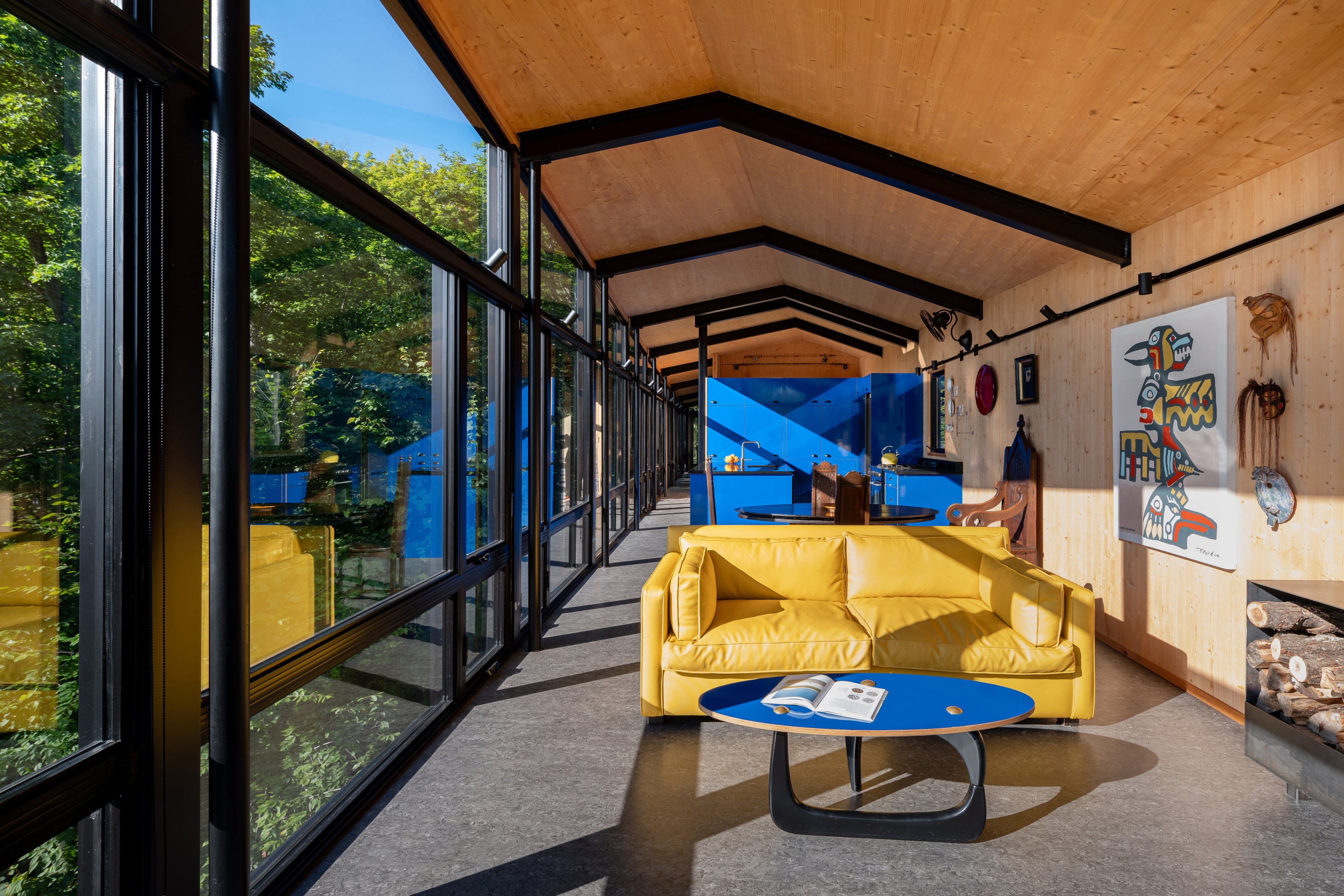
Looking back towards the kitchen and dining area
A wood-burning stove in the main living adds a homely touch, even if it’s not the purest environmentally friendly heating solution.
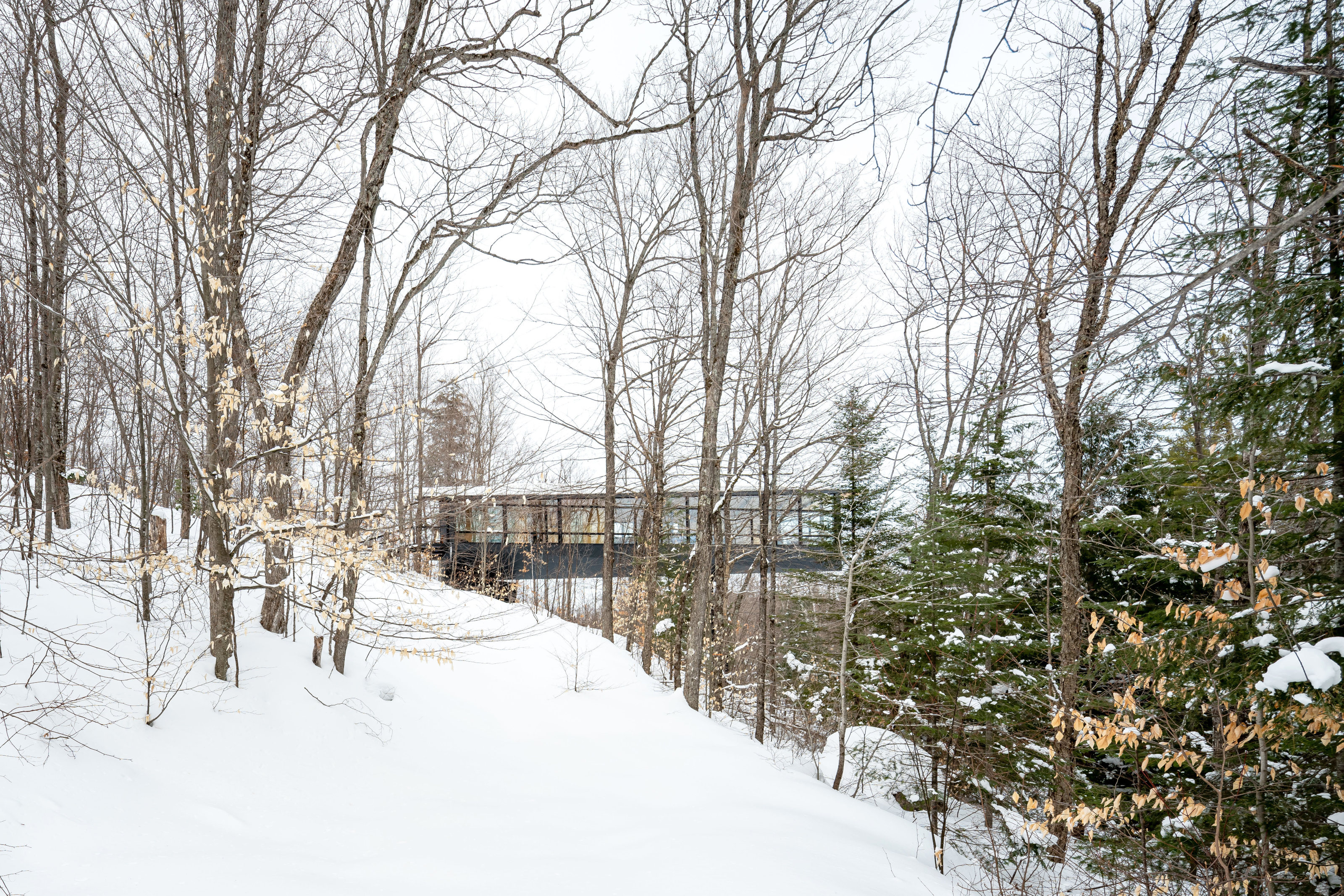
The cabin in winter
The underside of the long roof structure is exposed timber, with the framing for the roof and glazing painted a contrasting black.
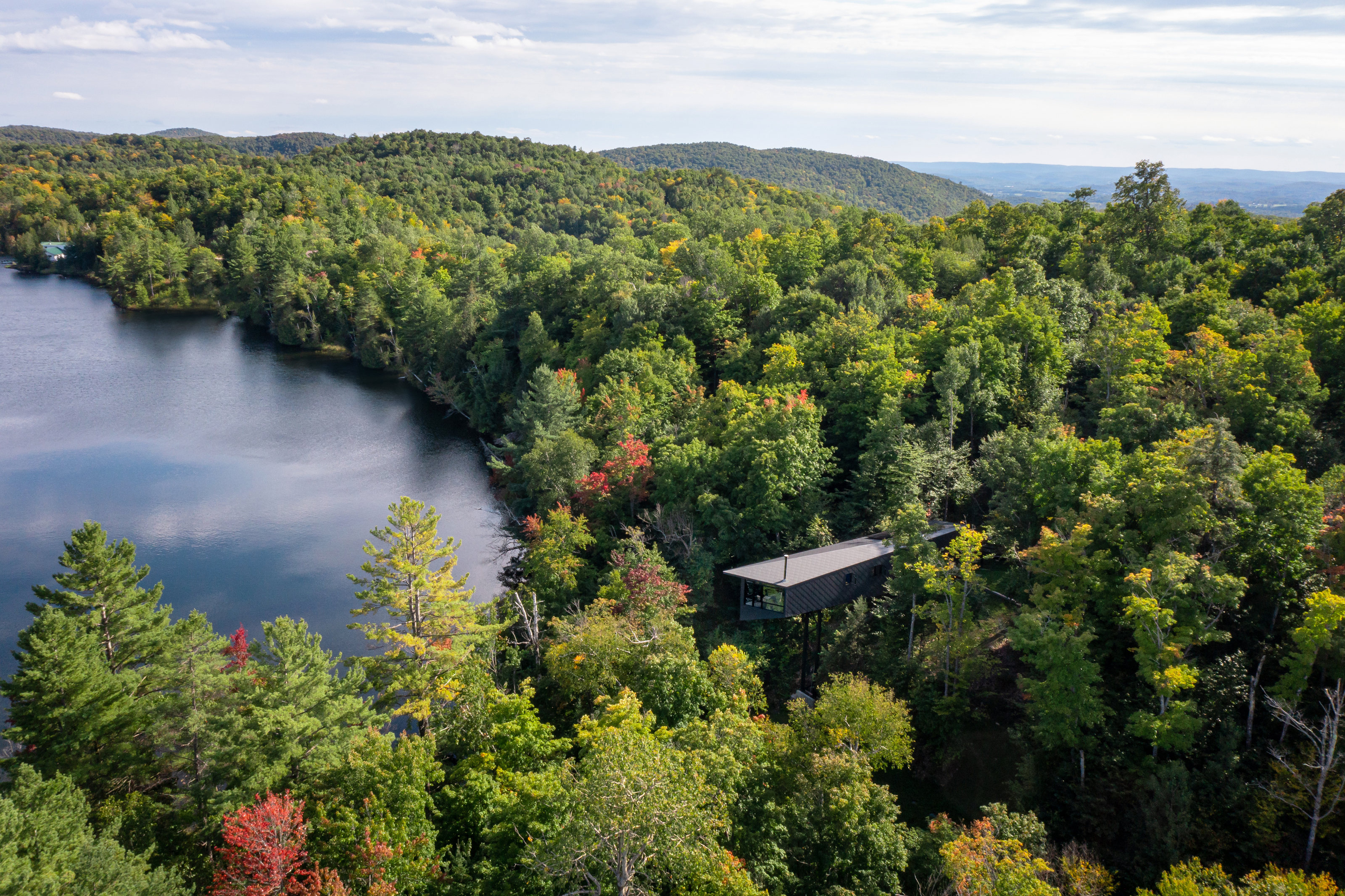
The m.o.r.e. CLT Cabin in context
The rest of the structure is wrapped in dark metal. In summer, the house becomes a part of the rich green backdrop, whilst in winter, the slender forms of the glazing, mast and structure create a horizontal form that stands out amongst the naked trees.
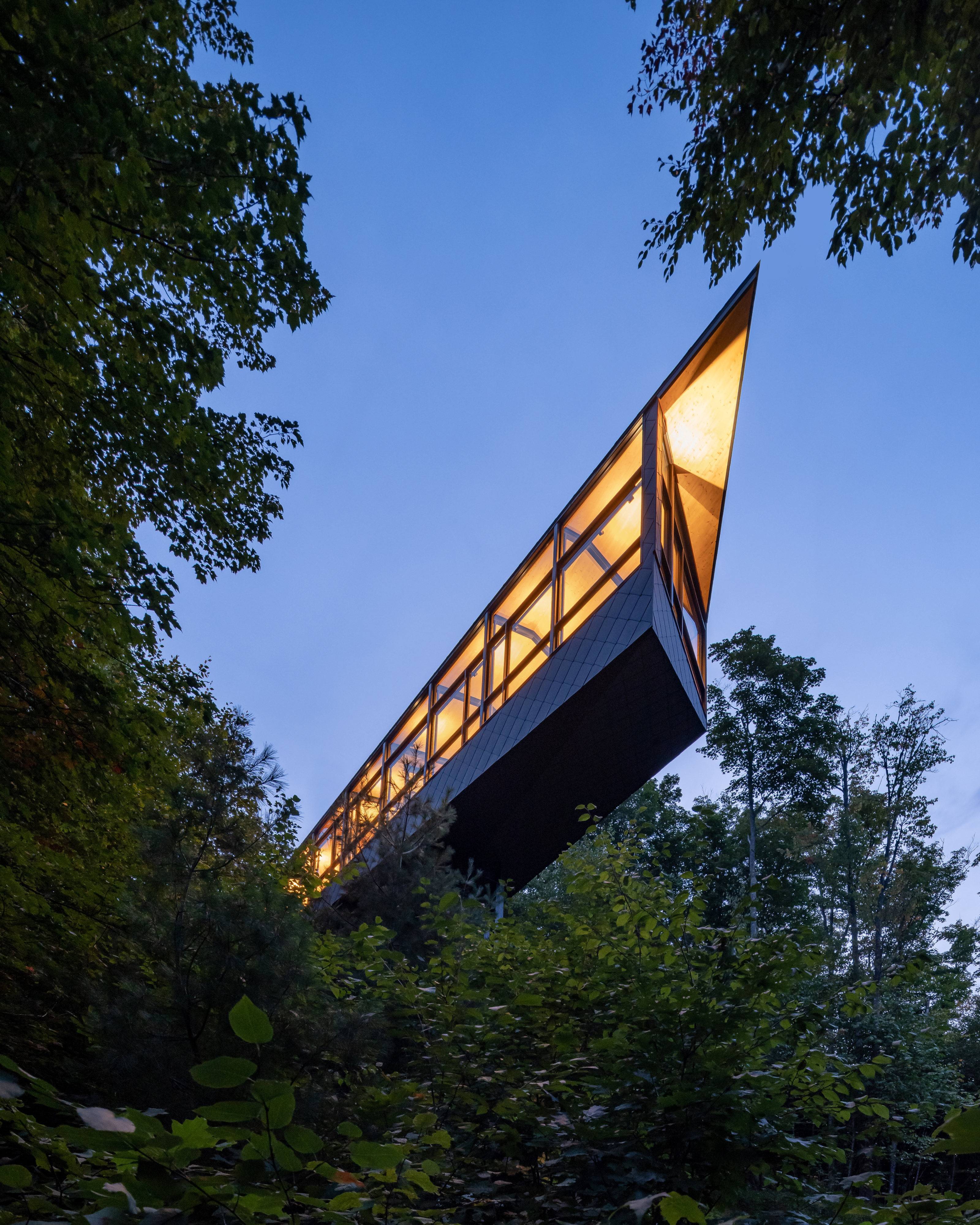
Jonathan Bell has written for Wallpaper* magazine since 1999, covering everything from architecture and transport design to books, tech and graphic design. He is now the magazine’s Transport and Technology Editor. Jonathan has written and edited 15 books, including Concept Car Design, 21st Century House, and The New Modern House. He is also the host of Wallpaper’s first podcast.
-
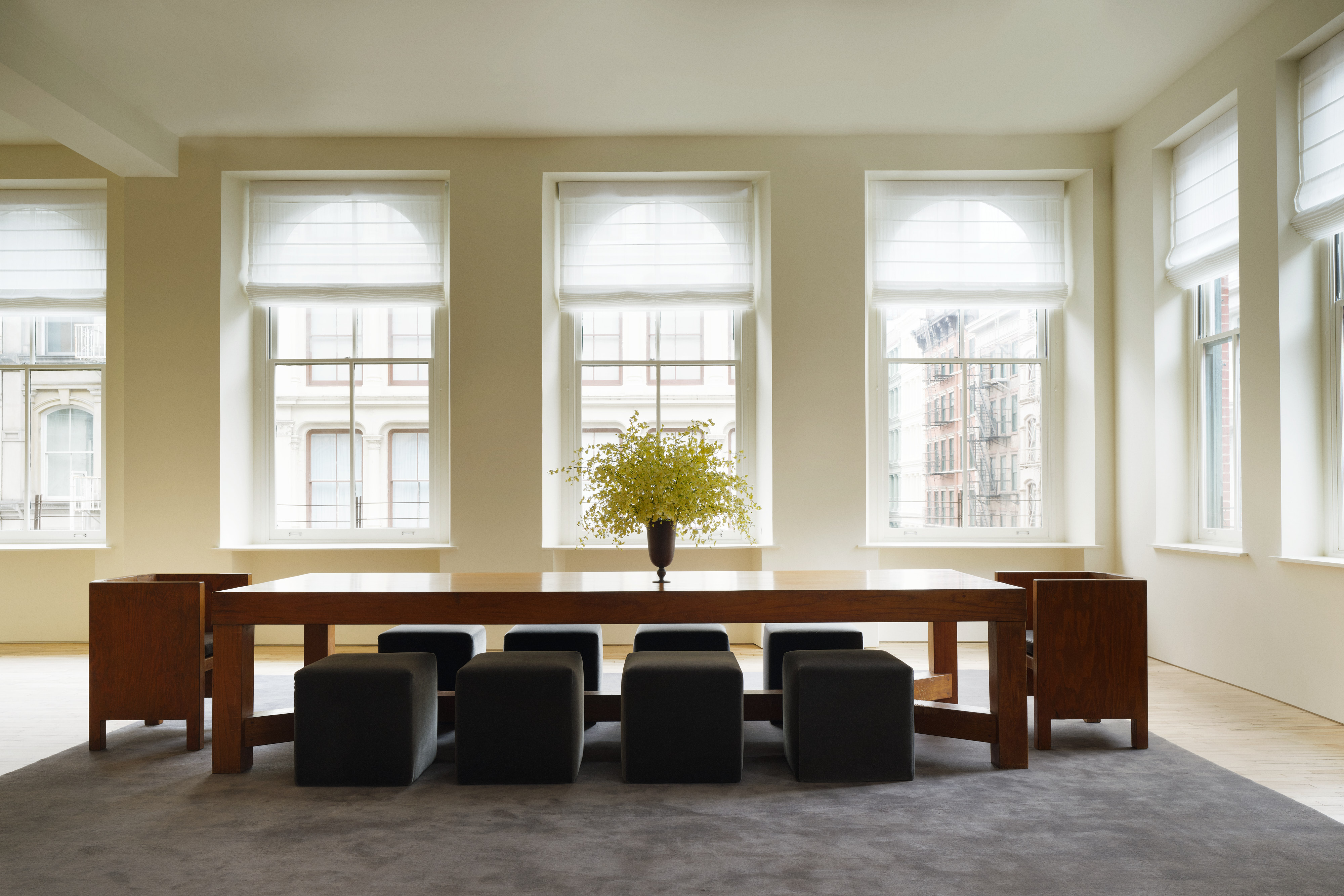 Tour Aflalo’s first retail space, a gallery-like studio in New York
Tour Aflalo’s first retail space, a gallery-like studio in New YorkLight-filled and elegant, Aflalo has opened its first retail space in a classic Soho loft, reimagined by Nordic Knots Studio
-
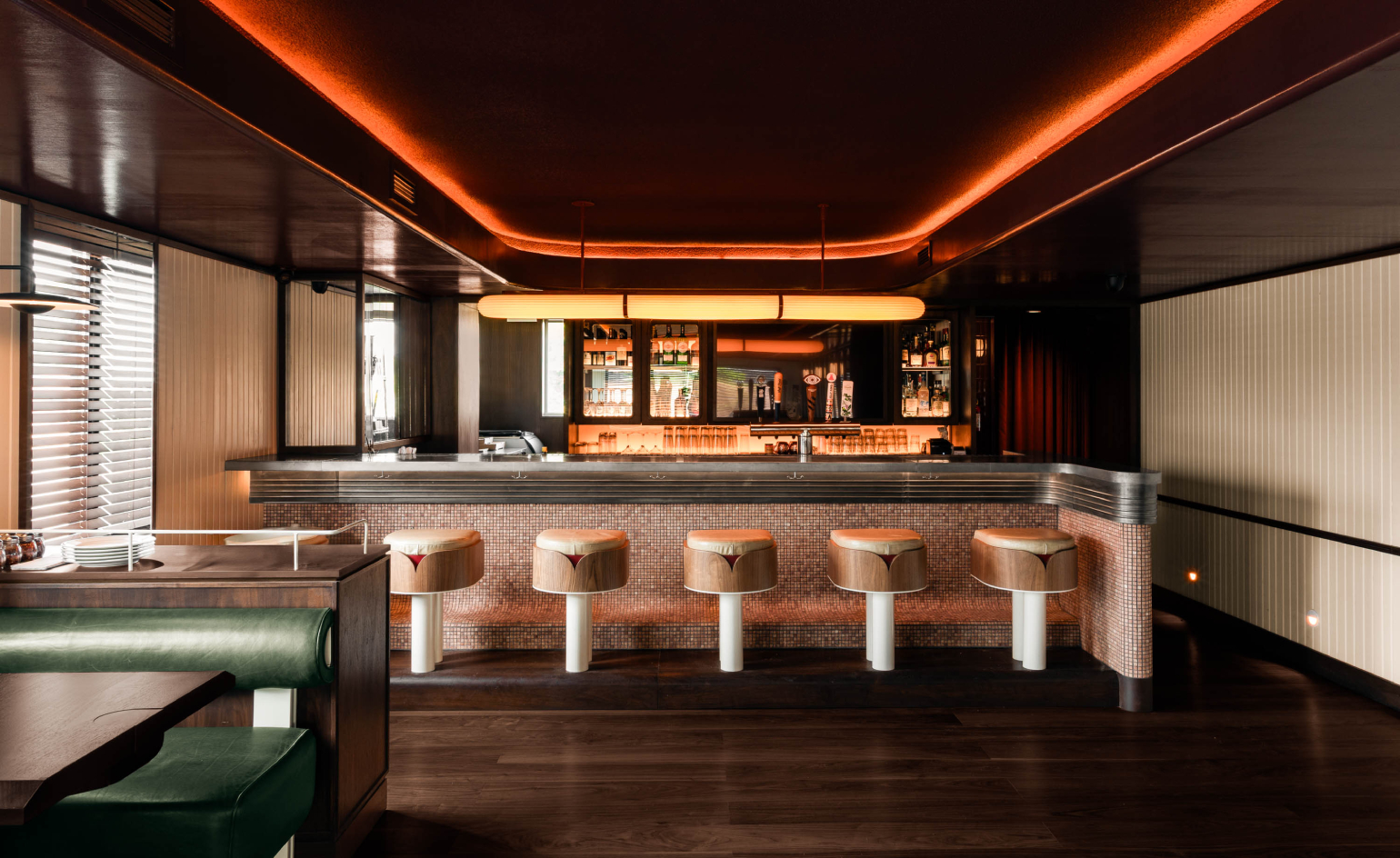 This Toronto pizzeria hides a sultry bar with serious bite
This Toronto pizzeria hides a sultry bar with serious biteNorth of Brooklyn unveils a fresh, two-level outpost where crisp, light-filled minimalism gives way to a warmer, neon-lit upstairs area
-
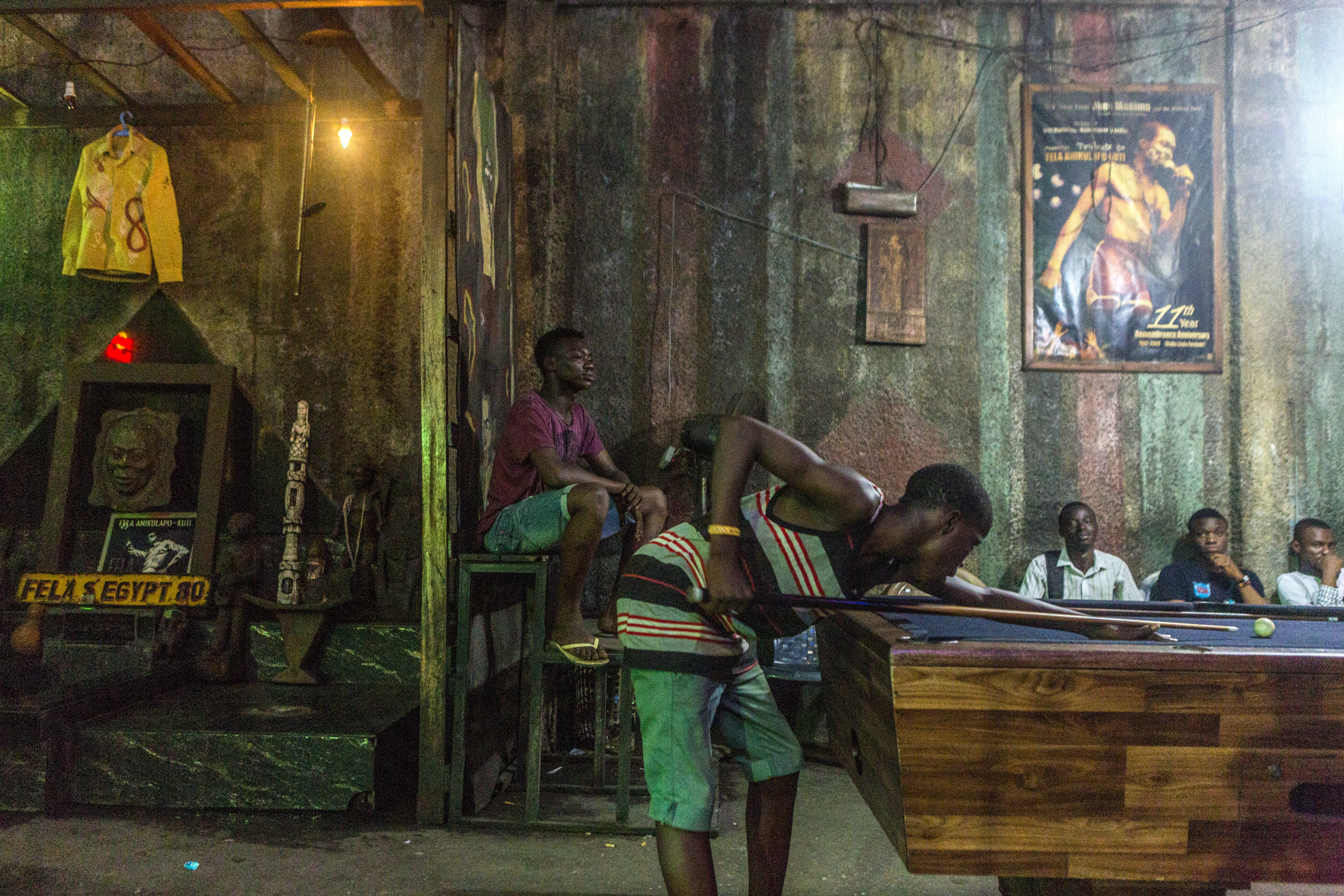 A Lagos exhibition celebrates Fela Kuti's defining sound
A Lagos exhibition celebrates Fela Kuti's defining soundAn exhibition, Afrobeat Rebellion, currently showing at the Ecobank PanAfrican Centre in Lagos, explores the life of Afrobeat father Fela Anikulapo-Kuti
-
 The Architecture Edit: Wallpaper’s houses of the month
The Architecture Edit: Wallpaper’s houses of the monthFrom Malibu beach pads to cosy cabins blanketed in snow, Wallpaper* has featured some incredible homes this month. We profile our favourites below
-
 Explore the riches of Morse House, the Canadian modernist gem on the market
Explore the riches of Morse House, the Canadian modernist gem on the marketMorse House, designed by Thompson, Berwick & Pratt Architects in 1982 on Vancouver's Bowen Island, is on the market – might you be the new custodian of its modernist legacy?
-
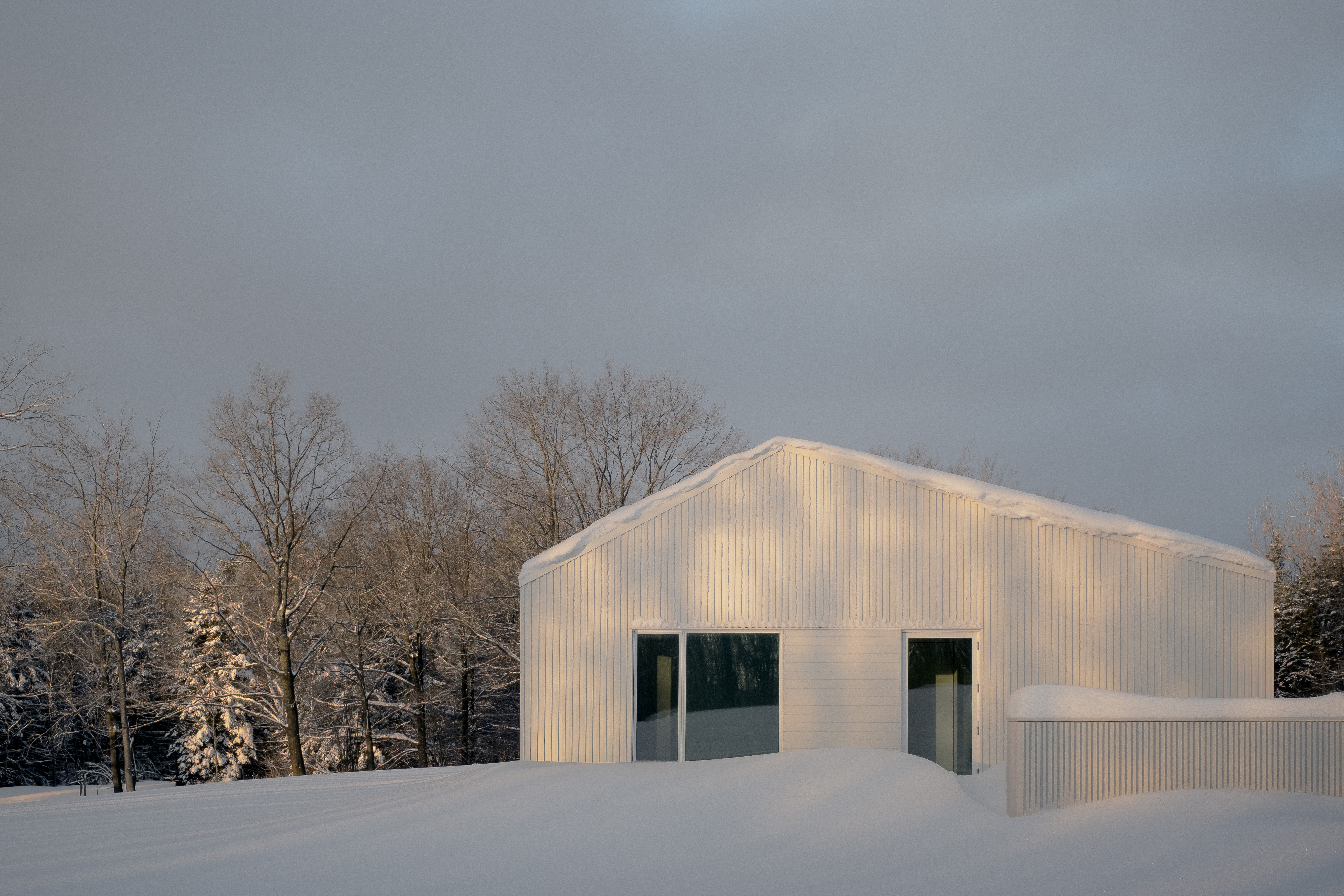 Cosy-up in a snowy Canadian cabin inspired by utilitarian farmhouses
Cosy-up in a snowy Canadian cabin inspired by utilitarian farmhousesInspired by local farmhouses, Canadian cabin Timbertop is a minimalist shelter overlooking the woodland home of wild deer, porcupines and turkeys
-
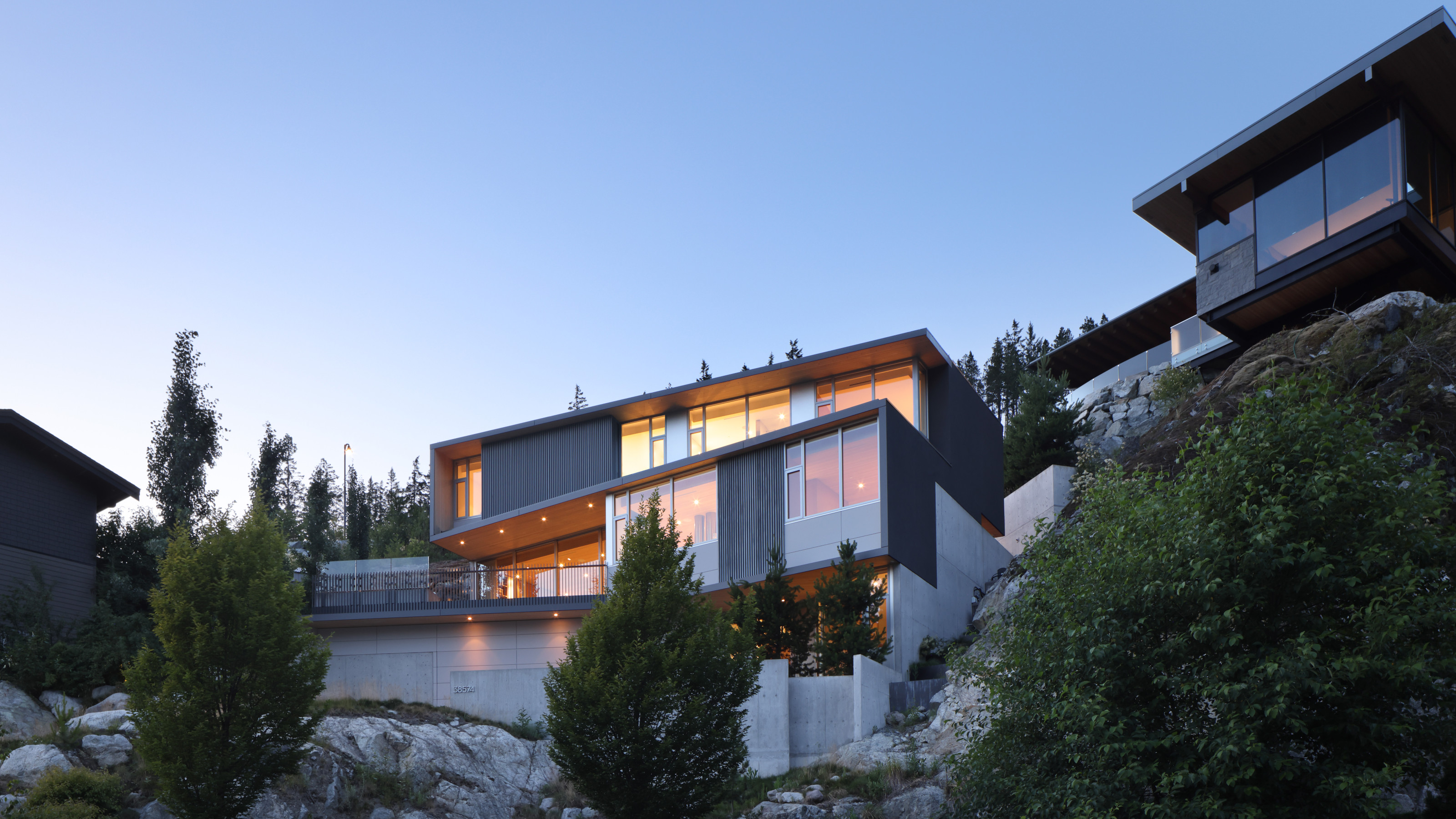 Buy yourself a Sanctuary, a serene house above the British Columbia landscape
Buy yourself a Sanctuary, a serene house above the British Columbia landscapeThe Sanctuary was designed by BattersbyHowat for clients who wanted a contemporary home that was also a retreat into nature. Now it’s on the market via West Coast Modern
-
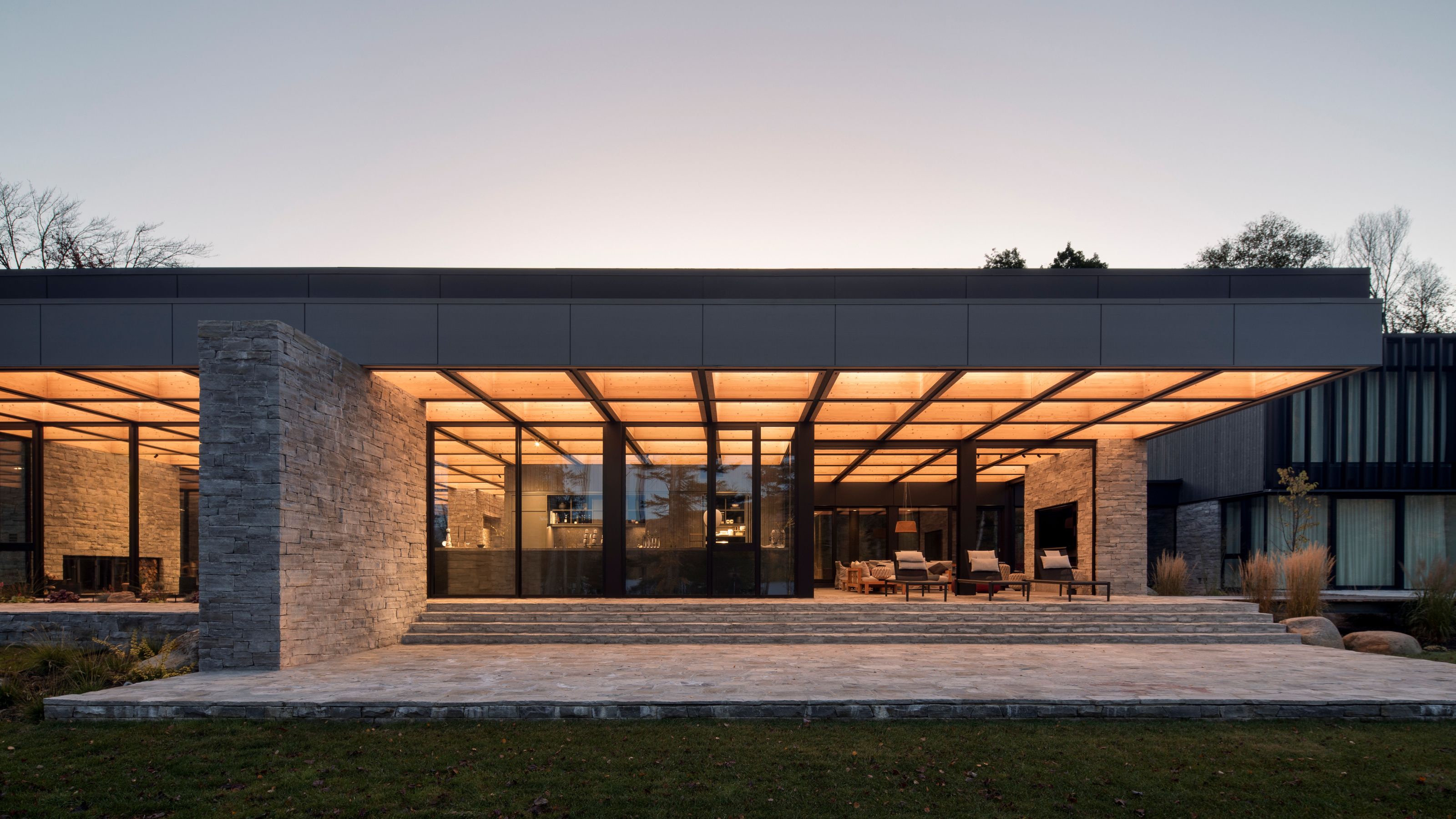 La Maison de la Baie de l’Ours melds modernism into the shores of a Québécois lake
La Maison de la Baie de l’Ours melds modernism into the shores of a Québécois lakeACDF Architecture’s grand family retreat in Quebec offers a series of flowing living spaces and private bedrooms beneath a monumental wooden roof
-
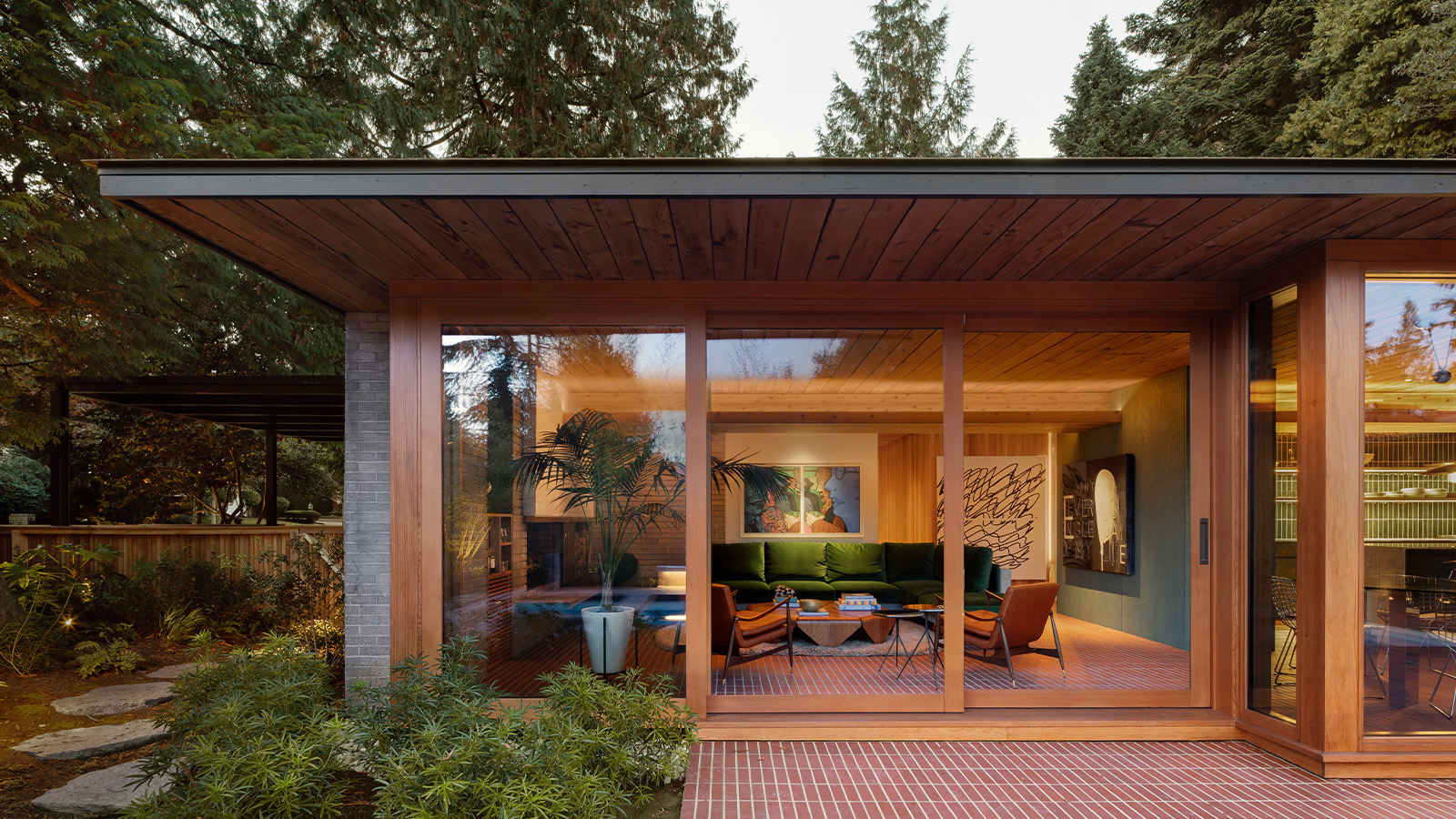 Peel back maple branches to reveal this cosy midcentury Vancouver gem
Peel back maple branches to reveal this cosy midcentury Vancouver gemOsler House, a midcentury Vancouver home, has been refreshed by Scott & Scott Architects, who wanted to pay tribute to the building's 20th-century modernist roots
-
 A spectacular waterside house in Canada results from a radical overhaul
A spectacular waterside house in Canada results from a radical overhaulSplyce Design’s Shoreline House occupies an idyllic site in British Columbia. Refurbished and updated, the structure has been transformed into a waterside retreat
-
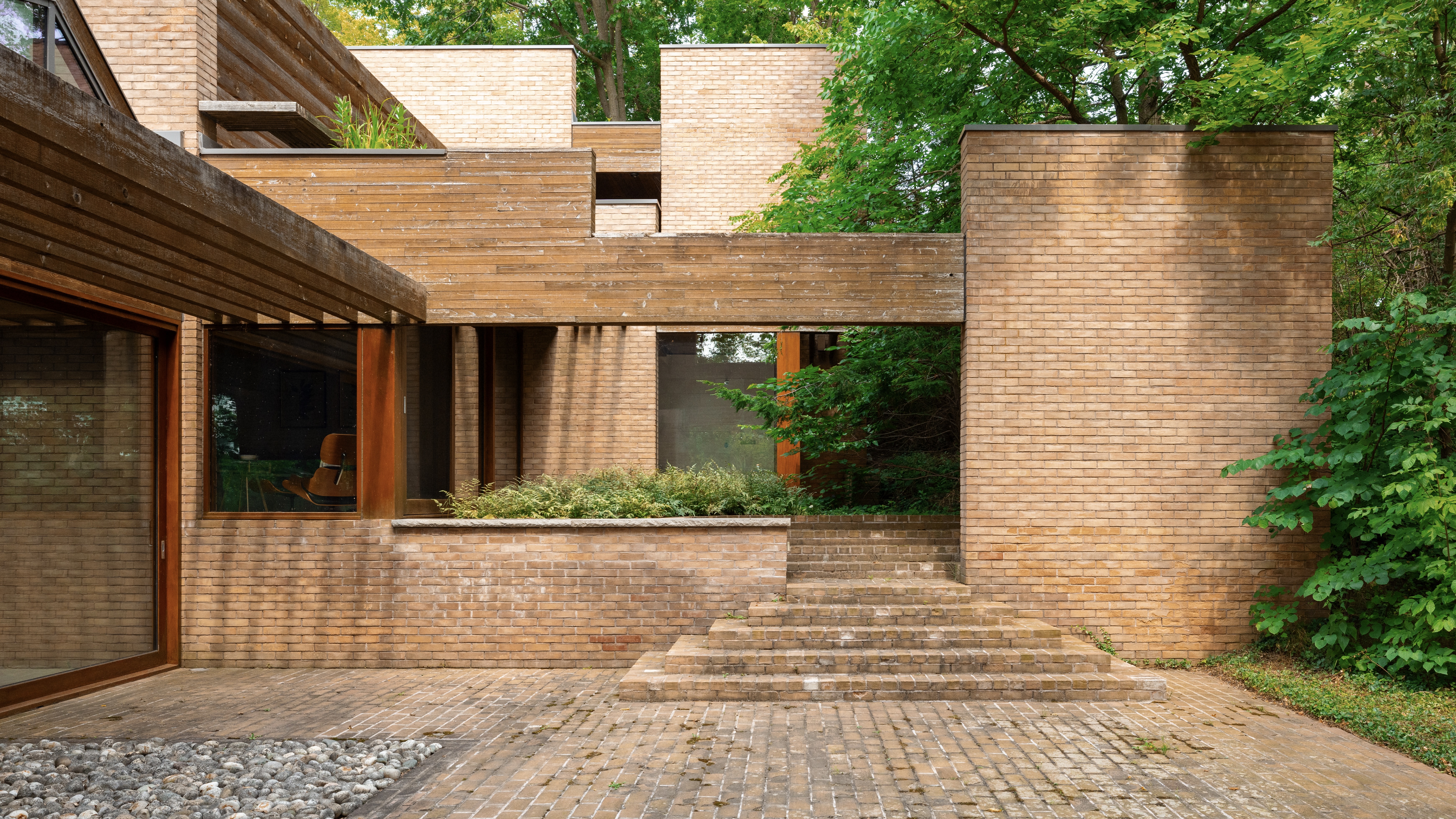 Hilborn House, one of Arthur Erickson’s few residential projects, is now on the market
Hilborn House, one of Arthur Erickson’s few residential projects, is now on the marketThe home, first sketched on an envelope at Montreal Airport, feels like a museum of modernist shapes, natural materials and indoor-outdoor living